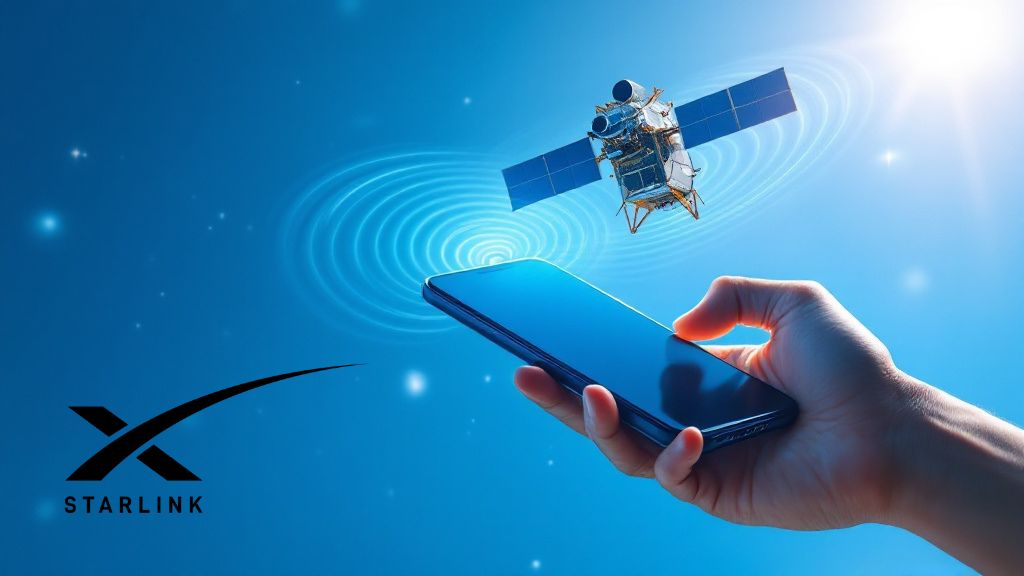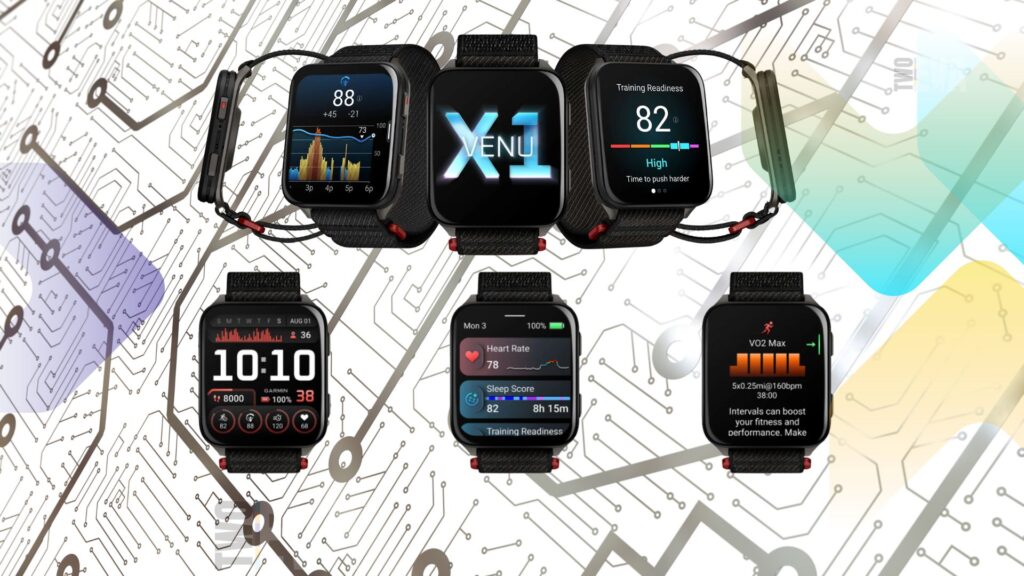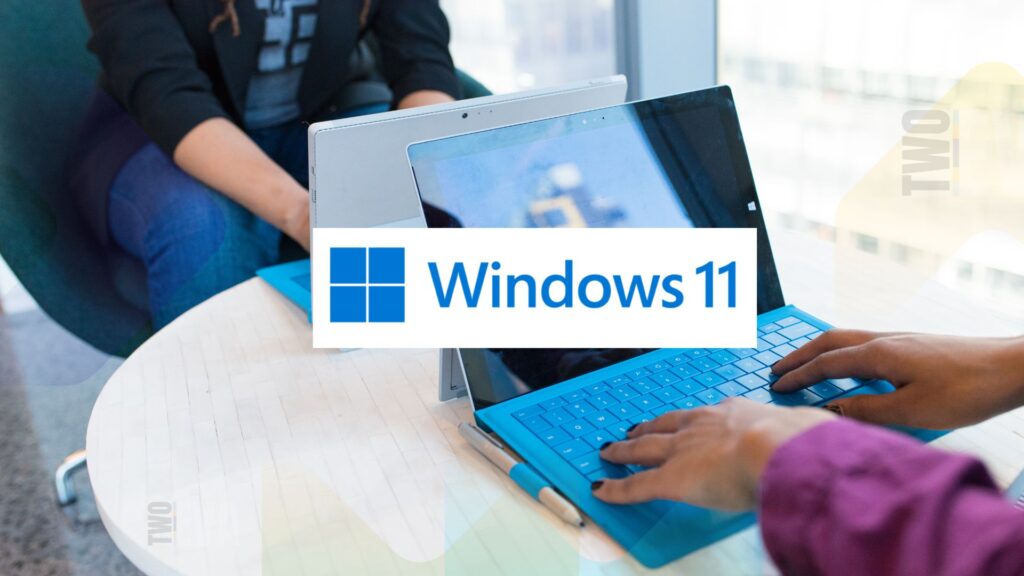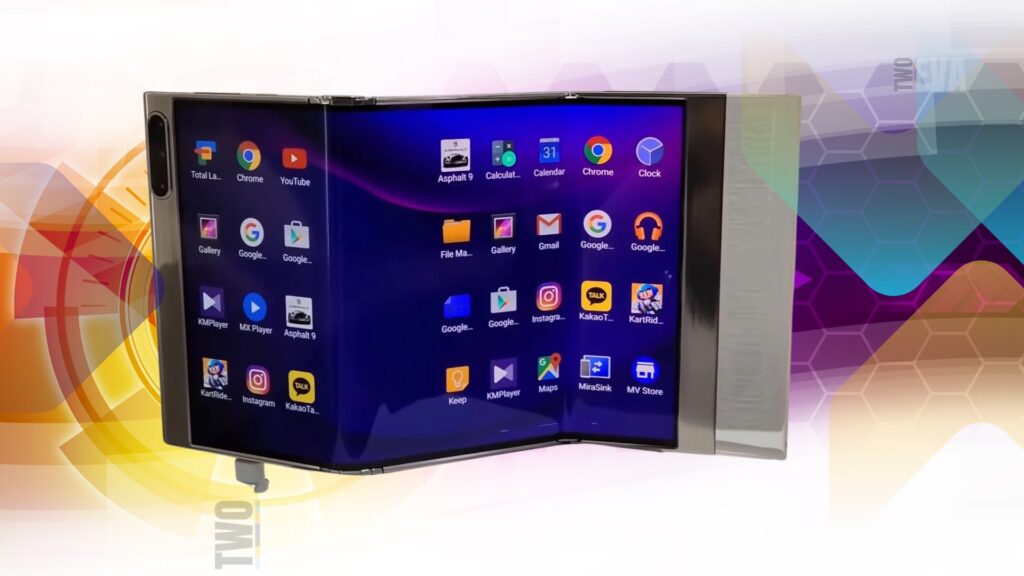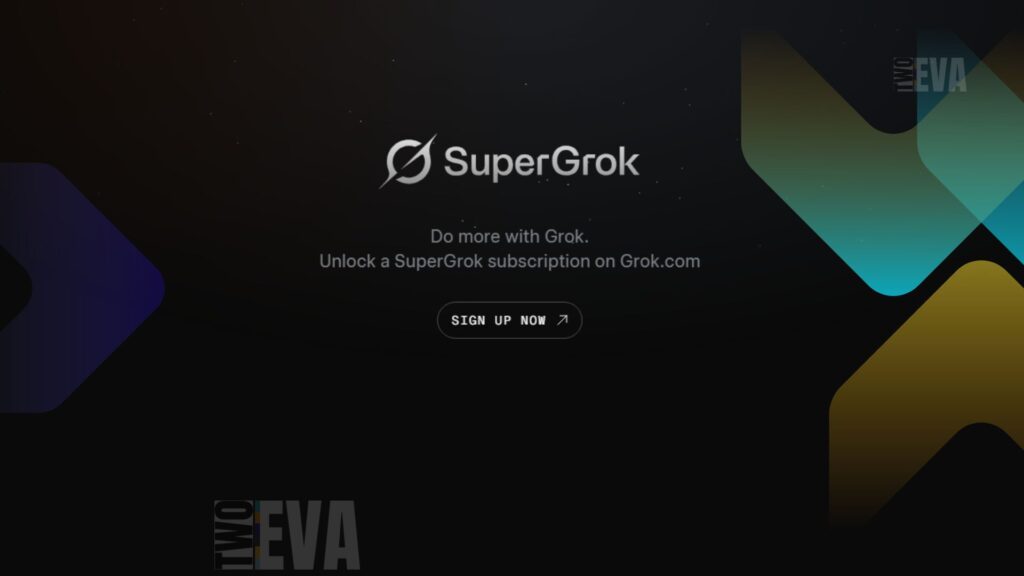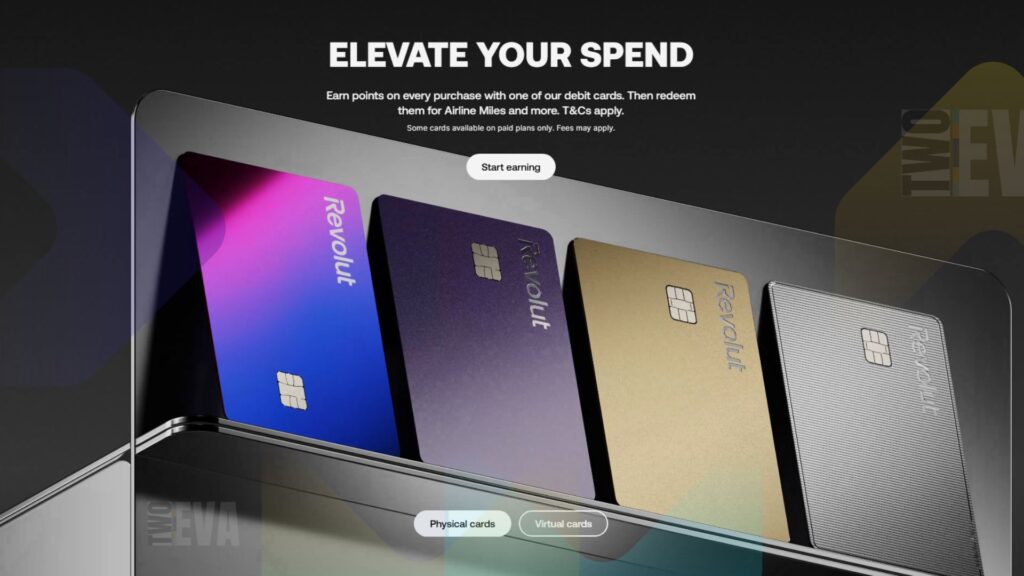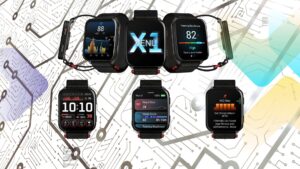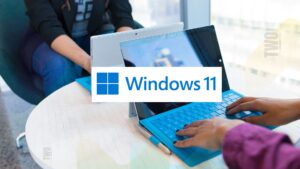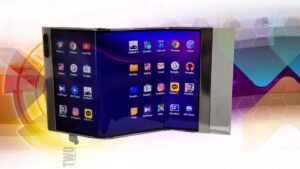SpaceX’s Starlink has taken a giant leap forward in mobile connectivity with its new cellular technology enabling unmodified smartphones to connect directly to its satellites. This innovation, called “Direct to Cell,” is designed to eliminate the need for a direct line of sight to a satellite, making it possible for users to receive signal coverage even when their phone is tucked away in a pocket or indoors. The beta version is set to roll out soon, and SpaceX anticipates a full launch by early 2025.
The concept of satellite-based cellular services has long been in development, but this announcement has garnered particular attention due to SpaceX’s goal of bridging connectivity gaps in regions where conventional mobile networks struggle. Ben Longmier, SpaceX’s Senior Director for Satellite Engineering, has been testing the service and noted, “I do most of my testing inside, at my dinner table near a window,” emphasizing that Starlink’s Direct to Cell can even work indoors or within a vehicle.
How Starlink’s Direct-to-Cell Compares to Existing Satellite Services
Traditional satellite communication services often rely on satellites positioned far above Earth, which can lead to high latency and weak signal coverage in areas without a direct satellite view. Starlink’s unique setup, however, leverages a low Earth orbit (LEO) satellite constellation, enabling it to provide reliable, low-latency connections in remote locations where other networks may falter. With Starlink, latency measures around 25 to 35 milliseconds, similar to cable or fiber internet speeds, while traditional satellite services can experience latencies up to 600 milliseconds.
This revolutionary technology offers more than just speed; it also provides users with a high level of integration, allowing standard smartphones to connect without requiring specialized equipment. Starlink’s network efficiency is also enhanced by laser communication between satellites, reducing reliance on ground stations, which traditional satellite networks still depend on.
Market Impact and Regulatory Challenges

Starlink’s entry into the mobile market is expected to disrupt existing telecom players, especially in regions with limited network infrastructure. This could lead to competitive pricing and spur traditional carriers, like AT&T and Verizon, to expand their coverage. However, regulatory hurdles remain, primarily due to concerns about potential interference with existing cellular networks. The Federal Communications Commission (FCC) has granted SpaceX emergency approval for text messaging services but has yet to approve full use of the required radio frequencies, a necessary step to roll out full-scale services.
The FCC recently allowed emergency SMS use of Starlink’s Direct to Cell for hurricane relief, highlighting the potential of the technology in disaster situations. T-Mobile CEO Mike Sievert noted that “hundreds of thousands of messages” were sent to affected areas during Hurricane Milton, showcasing the role Starlink’s tech could play in emergencies. Longmier expressed his hope that this response time could eventually be reduced to mere minutes after FCC approval is secured.
Benefits for Rural and Urban Connectivity
Starlink’s satellite technology stands to transform connectivity across both rural and urban landscapes. In rural regions, where building terrestrial infrastructure is costly and difficult, satellite coverage can provide essential communication services and bridge the digital divide. This has implications for areas lacking internet access, enabling services like telehealth, online education, and remote work. In urban centers, satellite connectivity will help support smart city projects, including traffic management, environmental monitoring, and public safety measures.
As the full rollout approaches in 2025, SpaceX plans to partner with telecom operators globally to expand its services beyond T-Mobile in the U.S. While the initial service will focus on text messaging, future updates will bring voice calls and data connectivity, ultimately offering users comprehensive coverage in previously unreachable areas.

